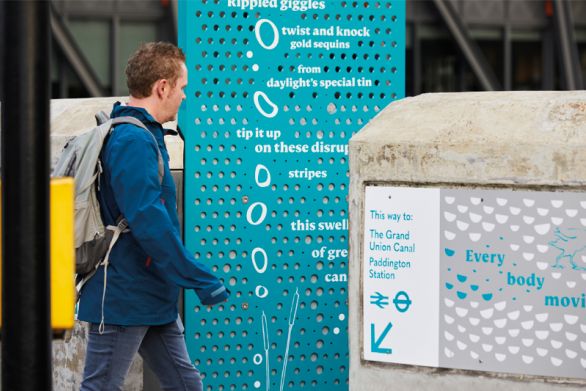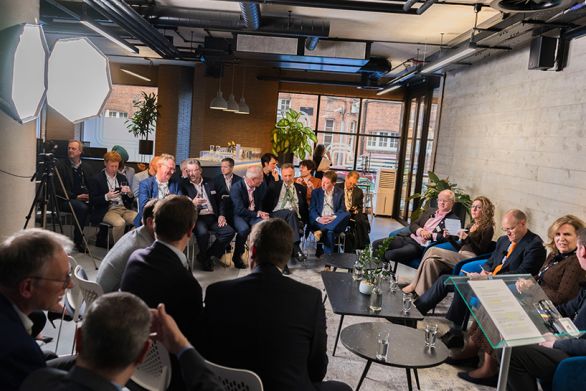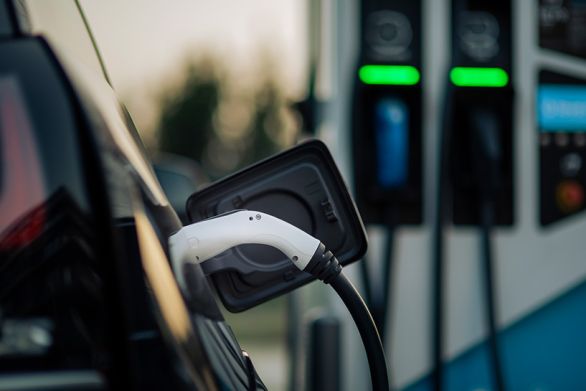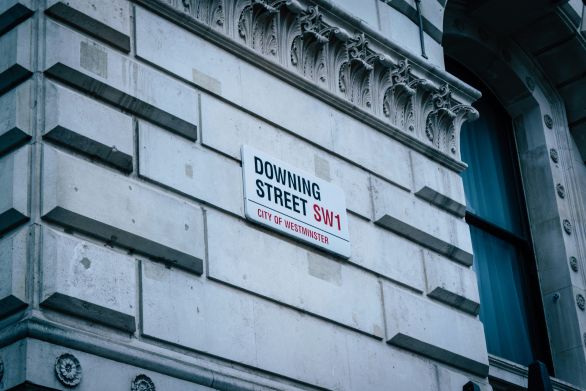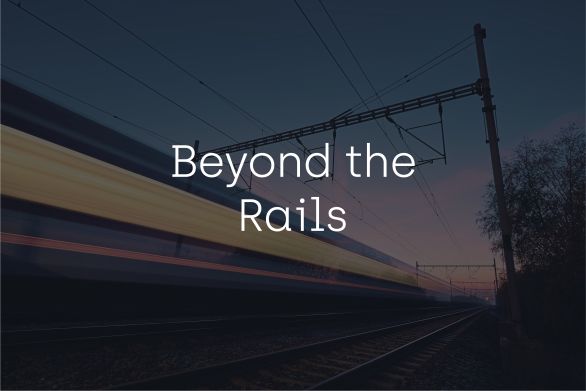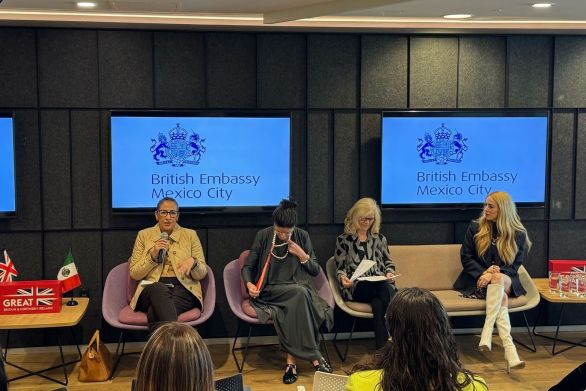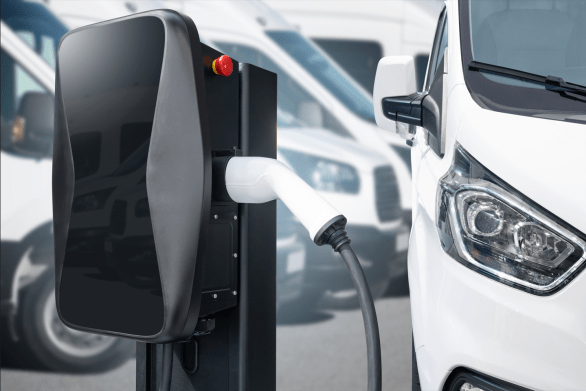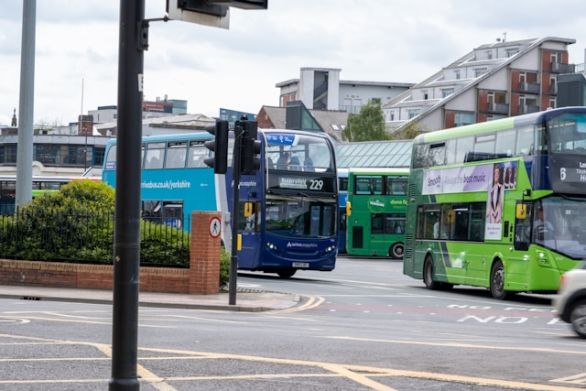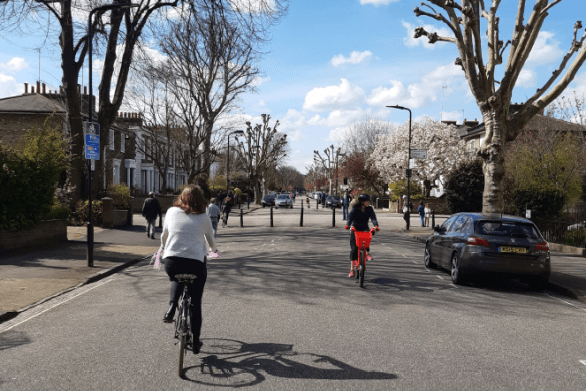With a shortage of funds and no clear long-term strategy in sight, the future of the UK’s road network hangs in the balance.
There’s something different about the recovery from the recession in the UK. Traffic fell in the recession as the economy shrank. This is what we expected. All our models tell us that this should happen and, if we look back, we see that this is what also happened in the recession of the late 80s and early 90s.
But as the economy recovers, we’re not seeing the strong growth in traffic that we saw as we came out of recession two decades ago. Then, traffic growth was a leading indicator of recovery, but growth is not happening in the same way now. No doubt record high fuel prices are dampening demand and as such the UK’s economy is hardly powering out of the recession, rather it is tentatively moving forward. But unless there has been a sea change in the relationship between the economy and traffic, despite what we’re seeing now, sooner or later traffic growth will be back.
The recession and its aftermath might have taken some of the pressure off for a while, but the big unanswered transport policy question hasn’t gone away: what are we going to do to keep our traffic flowing?
When thinking about this question there are two things that should be clear. The first is that whatever theoreticians and the techno-geeks may say, we’re a long way from having a national system of road user charging for the UK. Simply, there is no political appetite and even if our politicians can be persuaded, road pricing always seems to be a decade away. The second is that if we simply implement the Government’s post-spending review of largely Managed Motorway enhancements to the strategic road network and then stop, sooner or later demand growth will outstrip the extra capacity that this investment brings. Journeys will be slower and less reliable, accident rates will rise and, if this happens before we can significantly decarbonise the nation’s car fleet, carbon dioxide emissions will rise also.
While the question might be simple, the answer to how we keep our traffic moving is unlikely to be a straightforward one. What will be needed is a sophisticated mix of mutually-supporting policies and investments, all seeking to achieve a set of common goals: minimise the impact of congestion on the economy, further reduce accidents, minimise road-related air pollution and carbon dioxide emissions. And all of this when money is tight and there are many competing demands for investment.
The recession-induced slowdown in traffic growth has given us a little breathing space to develop a long-term and sustainable strategy for the UK’s strategic roads. Taking hold of this opportunity, Steer Davies Gleave has proposed a financially self-sustaining way to accelerate investment in the strategic road network and local transport.
The solution is ‘Corridors of Choice’, a package of targeted upgrades to the strategic road network using the proven Managed Motorway approach of variable speed limits, hard shoulder running and better information, complemented by investment in local transport networks. The enhancements would be funded by charging users of the enhanced strategic road. Road users would then have a choice: pay a modest charge on upgraded sections of the strategic road network, or take an uncharged but slower and less reliable route using other roads. Let the debate begin.
